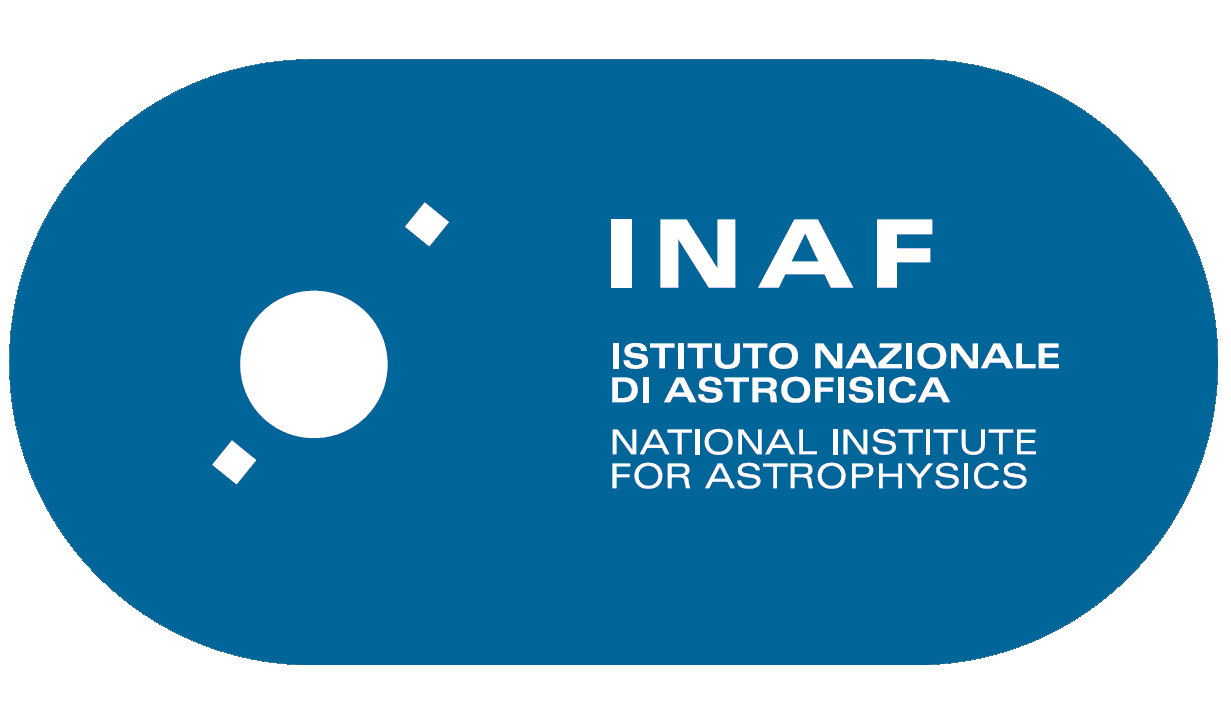
Welcome to OA@INAF
OA@INAF is the institutional repository of the Italian National Institute for Astrophysics born in 2019 with the purpose of collecting, archiving and disseminating the scientific outputs of public funded research in accordance with the European requirements of Open Access.
To learn more go to the website of info on open access in INAF
Searching done using the boxes in the top menu and in the center of the home page takes place throughout the entire contents of the repository, including the text of uploaded articles. For more targeted searches use the "Research outputs / Research products" section and set the appropriate filters. Read more in the FAQ Searching the repository in the info site on Open Access in INAF.
Recent Submissions
News
